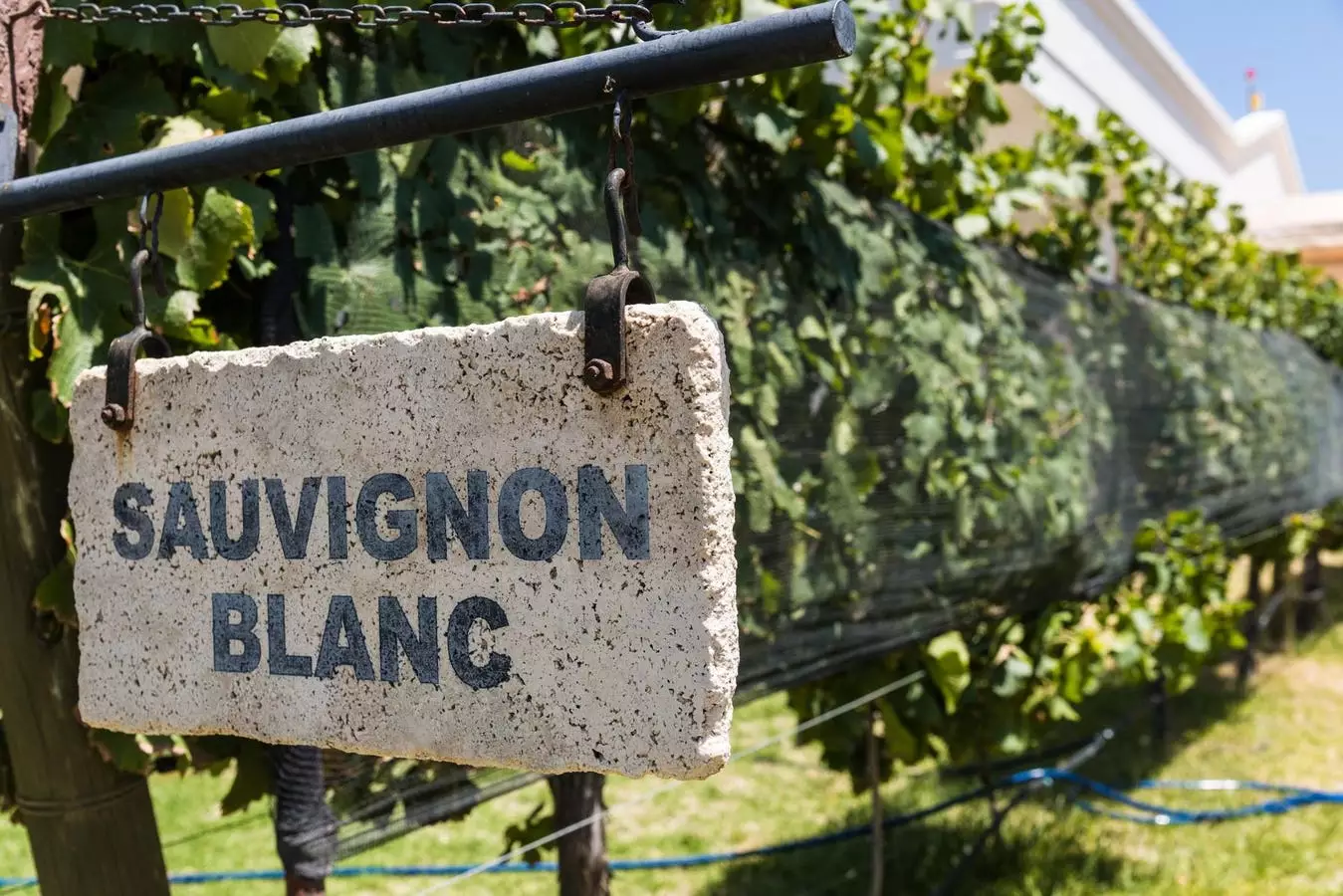Sauvignon Blanc, one of the most beloved white wines in the world, offers a variety of flavors that cater to different palates. Its high acidity contributes to its crisp and refreshing taste, while the presence of the chemical compound pyrazine adds notes of grassiness, herbs, and bell peppers. Depending on the climate and ripeness of the grapes, Sauvignon Blanc can display flavors ranging from zesty grapefruit to tropical passion fruit and guava. Moreover, the terroir plays a significant role in shaping the wine’s profile, with regions like the Loire Valley imbuing the wine with a flinty and mineral-like quality.
Sauvignon Blanc, Pinot Grigio, and Chardonnay, although all popular white wine varietals, each possess unique characteristics that set them apart. Sauvignon Blanc is known for its high acidity and pronounced flavors of minerals, grass, and grapefruit. In contrast, Pinot Grigio offers moderate to high acidity and delicate notes of white peach, citrus, and minerals. Chardonnay, the most full-bodied of the three, showcases fruit notes ranging from lemon to pineapple and is often aged in oak. These variances in acidity, flavor, and alcohol content make each wine distinct in its own right.
Sauvignon Blanc is typically crafted as a dry, still white wine; however, there are exceptions, such as sparkling versions from Marlborough, New Zealand, or dessert wines from Sauternes, Bordeaux. While most Sauvignon Blanc is dry, some producers may opt to leave a touch of sugar to enhance richness. It is important to note that even dry wines contain calories from alcohol, with a 5-ounce serving of Sauvignon Blanc containing around 120 calories.
To fully appreciate the flavors of Sauvignon Blanc, it is recommended to serve the wine chilled at a temperature range of 50–55°F. Storing Sauvignon Blanc in a cool, dry place away from heat and light ensures that the wine maintains its freshness. Whether stored upright or on its side, this white wine is best consumed early to preserve its vibrant acidity and fruit-forward characteristics.
In terms of caloric content, a typical 750ml bottle of Sauvignon Blanc contains approximately 620 calories, with minimal carbohydrates present in dry wines. This makes Sauvignon Blanc a suitable option for those conscious of their calorie intake. When it comes to food pairings, the high acidity and fresh flavors of Sauvignon Blanc make it a versatile companion to a wide range of dishes. From light cheeses and seafood to herb-infused dishes and grilled meats, there are numerous pairing options to explore based on the wine’s intensity and complexity.
Sauvignon Blanc remains a favorite among wine enthusiasts due to its diverse flavor profile, food-friendly nature, and accessibility across various price points. Whether you prefer the herbaceous notes of Loire Valley Sauvignon Blanc or the tropical fruit aromas of New Zealand expressions, there is a style of Sauvignon Blanc to suit every palate. Cheers to discovering and savoring this beloved white wine varietal!

